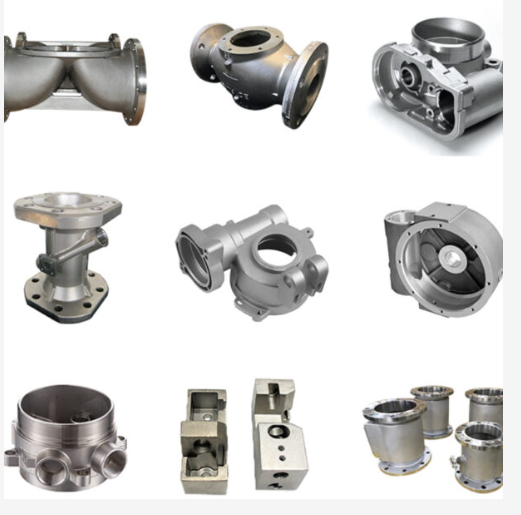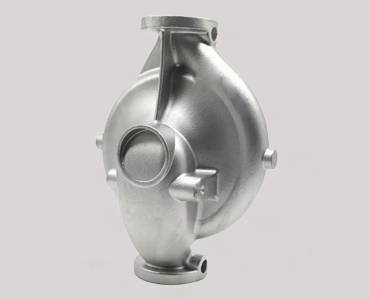The 12/10 AHPP pump is a robust, high-performance slurry pump widely used in industries like mining, dredging, and mineral processing.

Designed to handle abrasive and high-density slurries, the pump’s reliability and efficiency depend significantly on its precision-engineered components.
A critical technique in manufacturing these components is lost-wax casting, also known as investment casting.
This process ensures the pump’s parts meet the stringent requirements for durability, precision, and performance.
Overview of the 12/10 AHPP Pump
The 12/10 AHPP pump belongs to the AH series of horizontal slurry pumps, known for their rugged construction and high efficiency.
The “12/10” designation refers to the pump’s suction and discharge diameters (12 inches and 10 inches, respectively). “AHPP” indicates that the pump is an “Abrasive Handling, High-Pressure” model.
Key Features of the 12/10 AHPP Pump:
- High Wear Resistance: Components like impellers, liners, and volutes are designed to resist extreme abrasion.
- High Pressure: Capable of handling high-pressure operations, making it suitable for long-distance slurry transportation.
- Replaceable Liners: The pump’s wet-end components, such as liners, are replaceable, reducing downtime and maintenance costs.
- Versatility: Widely used in diverse applications, including tailings transport, dredging, and coal washing.
Lost-Wax Casting and Its Role
Lost-wax casting, a time-tested manufacturing method, plays a vital role in producing the intricate and high-performance components of the 12/10 AHPP pump. This process is particularly beneficial for creating parts with complex geometries, tight tolerances, and superior surface finishes.
The Lost-Wax Casting Process
- Pattern Creation: A wax model replicates the final component’s shape. Advanced techniques, including 3D printing, are often used to create these models.
- Shell Formation: The wax model is coated with a ceramic material through repeated dipping and sanding to form a heat-resistant shell.
- Wax Removal: The shell is heated to melt and remove the wax, leaving a hollow cavity.
- Metal Pouring: Molten metal, such as high-chromium alloy or stainless steel, is poured into the cavity.
- Solidification and Finishing: Once cooled, the ceramic shell is broken away, and the cast component undergoes machining, grinding, and polishing for precise finishing.
Components Manufactured Using Lost-Wax Casting
- Impellers: These critical components create the hydraulic force to move slurries. Lost-wax casting ensures their complex geometry and high durability.
- Casing Liners: Liners protect the pump casing from wear and tear, extending the pump’s lifespan.
- Volutes: Volute casings direct the flow of slurry efficiently, and investment casting ensures they meet precise design specifications.
Advantages of Lost-Wax Casting for the 12/10 AHPP Pump
- Precision and Accuracy: The process ensures tight tolerances, essential for the pump’s performance and efficiency.
- Durability: Components exhibit superior mechanical properties, including wear and corrosion resistance, critical for abrasive environments.
- Material Versatility: Lost-wax casting accommodates high-strength alloys, enhancing the pump’s ability to handle demanding conditions.
- Cost-Effectiveness: By reducing the need for extensive machining and material waste, the process offers long-term cost benefits.
Sustainability in Lost-Wax Casting
The process aligns with sustainable manufacturing practices:
- Recycling: Wax is reusable, and excess metal is recycled.
- Energy Efficiency: Modern foundries use energy-saving equipment.
- Eco-Friendly Materials: Many foundries adopt environmentally safe ceramic materials and alloys.
Conclusion
The 12/10 AHPP pump exemplifies engineering excellence, designed to perform reliably in some of the harshest industrial conditions.

Lost-wax casting is instrumental in manufacturing its critical components, ensuring precision, durability, and efficiency.
By combining cutting-edge design with advanced casting techniques, the 12/10 AHPP pump stands as a testament to innovation in slurry handling technology.

 By Mr.Sun
By Mr.Sun



